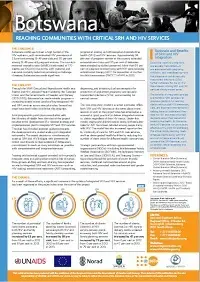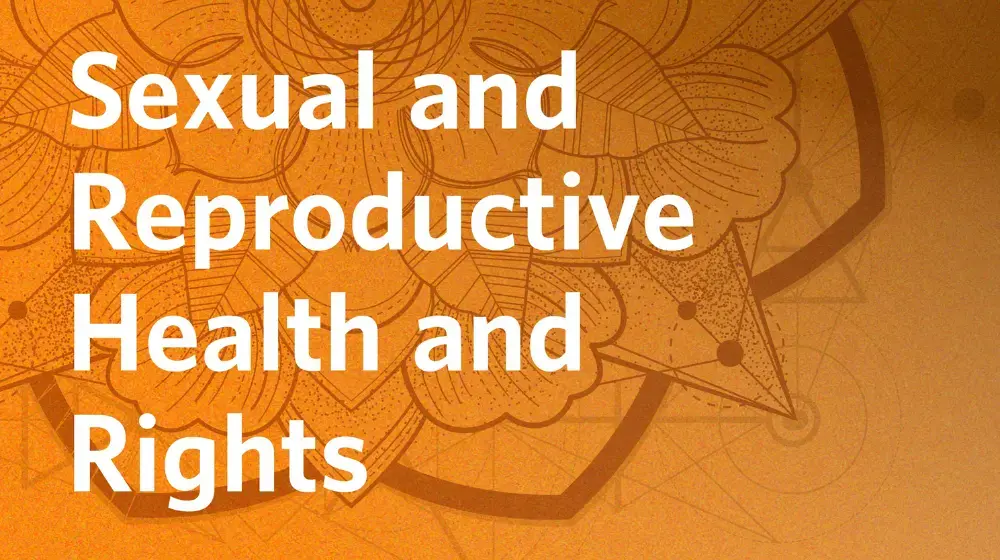Botswana continues to bear a high burden of the HIV epidemic, with an estimated HIV prevalence of 23 per cent among 15-49 year olds and 30 per cent among 15-49 year-old pregnant women. The country’s maternal mortality ratio (MMR) is estimated at 170 deaths per 100,000 live births, with maternal and neonatal mortality reduction remaining a challenge. However, Botswana has made significant progress in scaling up both sexual and reproductive health (SRH) and HIV services. Approximately 94 per cent of pregnant women in the country attended antenatal care clinics and 95 per cent of deliveries were attended by skilled personnel. More than 95 per cent of pregnant women living with HIV were receiving antiretroviral therapy (ART) for prevention of mother-to-child transmission (PMTCT) of HIV in 2013.
Through the SRHR (Sexual and Reproductive Health and Rights) and HIV Linkages Project funded by the European Union, and the Governments of Sweden and Norway (2011-2015), Botswana has made notable progress in increasing access to and uptake of key integrated HIV and SRH services across nine pilot sites. This brief documents the key steps that have been taken to achieve this progress in Botswana.




